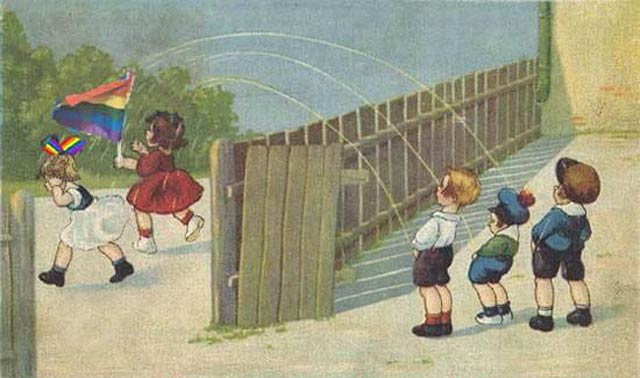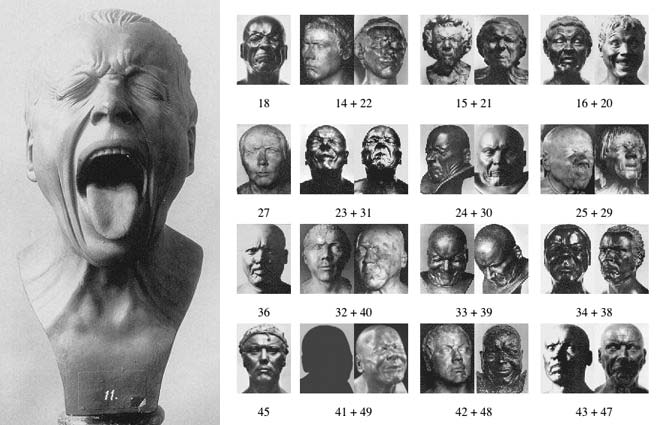That’s a meteor!
On April 30, 1943, a fisherman came across a badly decomposed corpse floating in the water off the coast of Huelva, in southwestern Spain. The body was of an adult male dressed in a trenchcoat, a uniform, and boots, with a black attaché case chained to his waist. His wallet identified him as Major William Martin, of the Royal Marines. (…)
It did not take long for word of the downed officer to make its way to German intelligence agents in the region. Spain was a neutral country, but much of its military was pro-German, and the Nazis found an officer in the Spanish general staff who was willing to help. A thin metal rod was inserted into the envelope; the documents were then wound around it and slid out through a gap, without disturbing the envelope’s seals. What the officer discovered was astounding. Major Martin was a courier, carrying a personal letter from Lieutenant General Archibald Nye, the vice-chief of the Imperial General Staff, in London, to General Harold Alexander, the senior British officer under Eisenhower in Tunisia. Nye’s letter spelled out what Allied intentions were in southern Europe. American and British forces planned to cross the Mediterranean from their positions in North Africa, and launch an attack on German-held Greece and Sardinia. Hitler transferred a Panzer division from France to the Peloponnese, in Greece, and the German military command sent an urgent message to the head of its forces in the region: “The measures to be taken in Sardinia and the Peloponnese have priority over any others.”
The Germans did not realize—until it was too late—that “William Martin” was a fiction. The man they took to be a high-level courier was a mentally ill vagrant who had eaten rat poison; his body had been liberated from a London morgue and dressed up in officer’s clothing. The letter was a fake, and the frantic messages between London and Madrid a carefully choreographed act. When a hundred and sixty thousand Allied troops invaded Sicily on July 10, 1943, it became clear that the Germans had fallen victim to one of the most remarkable deceptions in modern military history. (…)
Each stage of the deception had to be worked out in advance. Martin’s personal effects needed to be detailed enough to suggest that he was a real person, but not so detailed as to suggest that someone was trying to make him look like a real person. Cholmondeley and Montagu filled Martin’s pockets with odds and ends, including angry letters from creditors and a bill from his tailor. “Hour after hour, in the Admiralty basement, they discussed and refined this imaginary person, his likes and dislikes, his habits and hobbies, his talents and weaknesses,” Macintyre writes. “In the evening, they repaired to the Gargoyle Club, a glamorous Soho dive of which Montagu was a member, to continue the odd process of creating a man from scratch.” (…)
The dated papers in Martin’s pockets indicated that he had been in the water for barely five days. Had the Germans seen the body, though, they would have realized that it was far too decomposed to have been in the water for less than a week. And, had they talked to the Spanish coroner who examined Martin, they would have discovered that he had noticed various red flags. The doctor had seen the bodies of many drowned fishermen in his time, and invariably there were fish and crab bites on the ears and other appendages. In this case, there were none. Hair, after being submerged for a week, becomes brittle and dull. Martin’s hair was not. Nor did his clothes appear to have been in the water very long. But the Germans couldn’t talk to the coroner without blowing their cover. Secrecy stood in the way of accuracy.






















